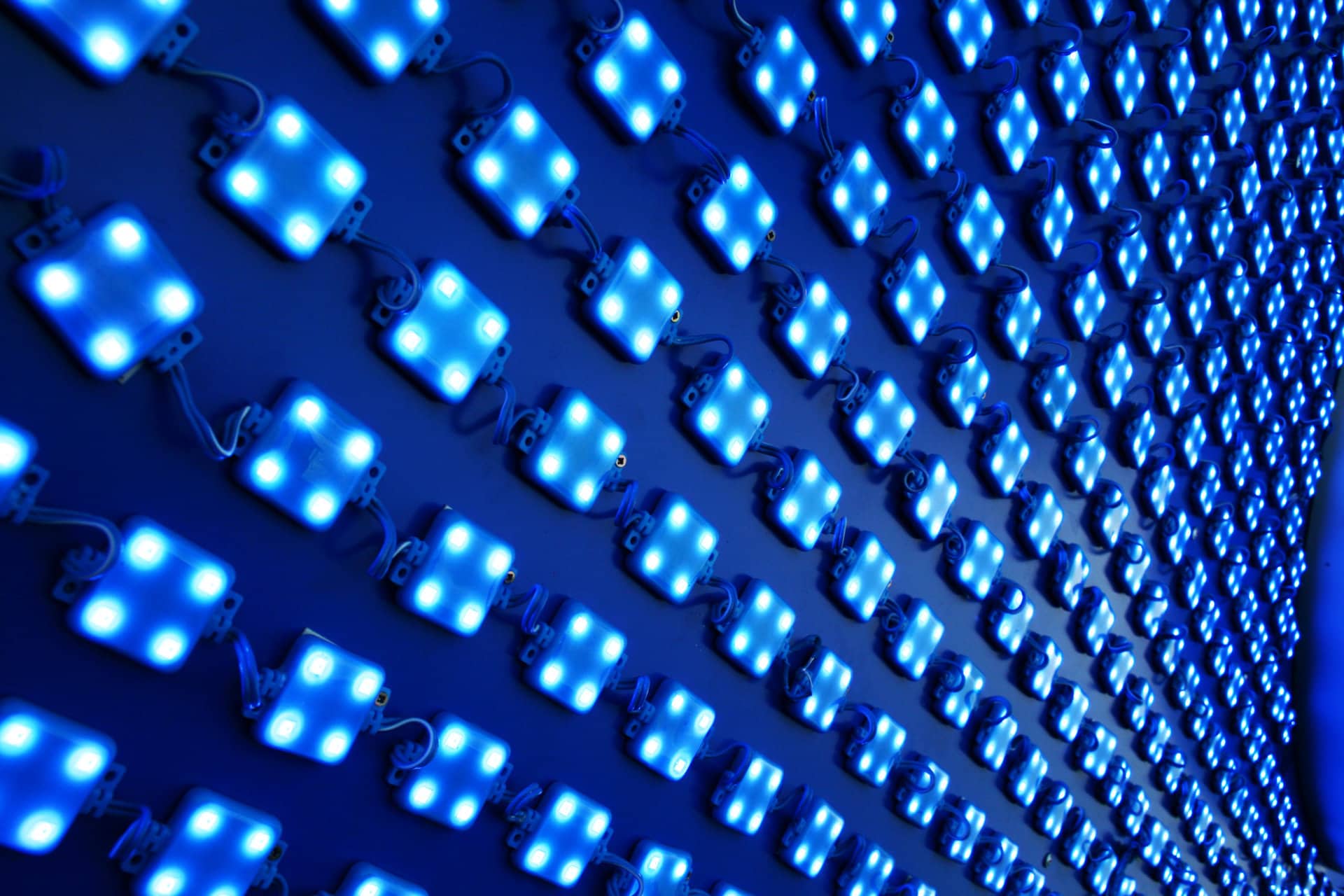Home » Applications »
Media technology in the museum
Managing the entire museum with NeuroomNet
Everyday museum life can involve many challenges:
- Technical failures for which external specialists have to be called in?
- Rising energy prices that make the use of media technology too expensive and thus make the museum unattractive?
- Falling visitor numbers because there is a lack of target group-specific appeal?
NeuroomNet offers solutions for various problems of everyday museum life. From the operation of digital exhibits to the complete control of the building technology, you can not only save valuable time for your staff with this software but also reduce energy costs and implement exhibition concepts with a unique selling point that can be tailored to a wide variety of target groups.
Problem & Solution
Easily identify and fix technical failures yourself
Nowadays, a wide range of media technology can be found in a modern museum. Visitor guidance systems, audio and video stations, lighting technology, … etc.
Managing these and repairing failures quickly and consistently is a permanent task that can cost a lot of time and know-how. Outdated content or even black monitors, because no one understands how content can be uploaded or defects are not detected, must not be! If the stations are not checked regularly, there is a risk that they will malfunction or even fail completely, which in turn can lead to dissatisfied visitors.
Easily identify and fix technical failures yourself
A cost-effective and easy-to-use option is to centralize all this technology via NeuroomNet. You don’t need staff with programming skills to operate the NeuroomNet software, as the monitoring interfaces provide a simplified overview of all your technology. This gives staff the ability to quickly see at a glance where errors are occurring and how to fix them.
NeuroomNet offers the right balance between automation and manual setting options to cover all the functions you need for your everyday museum work.
Problem & Solution
Save energy and costs
The operation of individual stations (e.g. through manual switching on and off of many stations by staff) causes labour costs and therefore equipment runs continuously. This results in high energy costs and you are considering reducing media technology, which, however, can considerably reduce the attractiveness of the museum to visitors.

Save energy and costs
With a management system like NeuroomNet, you can automate turning all devices on and off to reduce run times and power consumption!
Even devices from different manufacturers are all managed centrally and can be set via specified times in the calendar function. For example, exceptions can also be set up on public holidays.
The service life of your devices is extended because switching sequences can be automated and the fuse is not simply switched off hard. These sequences mitigate damaging wear and tear on your equipment and minimize hardware and software defects, such as with projectors whose illuminants require cooling time.
For more info and sample calculations on our energy-saving options, read here:
Problem & Solution
Become more attractive for visitors as a museum
The operation of individual stations (e.g. through manual switching on and off of many stations by staff) causes labour costs and therefore equipment runs continuously. This results in high energy costs and you are considering reducing media technology, which, however, can considerably reduce the attractiveness of the museum to visitors.
Become more attractive for visitors as a museum
An individually tailored presentation for visitors is easier than before thanks to RFID technology and numerous possibilities for individualization.
Visitors receive transponders in their admission tickets with which they can be identified at the individual information stations (without personal data and of course voluntarily). The facts and the knowledge to be conveyed in the exhibits can be tailored to the respective visitor, i. H. they receive information that corresponds to their level of knowledge. Exhibits can then display tailored content.
For example, you can set which language, level of knowledge, … is displayed.
The record will be deleted after the issuance has been completed and the ticket has been returned. The transponder can then be used again for the next person.
Another advantage of the RFID technology is that you also have the option of reading out statistics, which you can use to identify, for example, which exhibits are particularly popular. With this data, you can learn from the results of past exhibitions when planning future exhibitions and making success-oriented decisions.
RFID at the Museum
Experience
NeuroomNet is the latest result of all this experience concerning the demands placed on exhibitions, museums, and science centers. With NeuroomNet, they rely on technology that has been developed specifically for these needs and meets modern standards.
These museums already use NeuroomNet:
- Experimenta (science center in Heilbronn)
- PS.Speicher (oldtimer-museum in Einbeck)
- Rubina Regensburg (energy education center in Regensburg)
- Technopolis Mechelen (technology education center in Mechelen)
Further services
- People counting (control of visitor flows and improvement of security)
- Secure encryption of your system
- Individual access rights using rights management
- Digital signage (display of content on any number of displays)
- Content can be individually adapted to external circumstances such as calendar events, light and weather conditions, and other requirements
- Expandability of the system, which also offers interfaces for newer technologies
Learn more about NeuroomNet’s features

